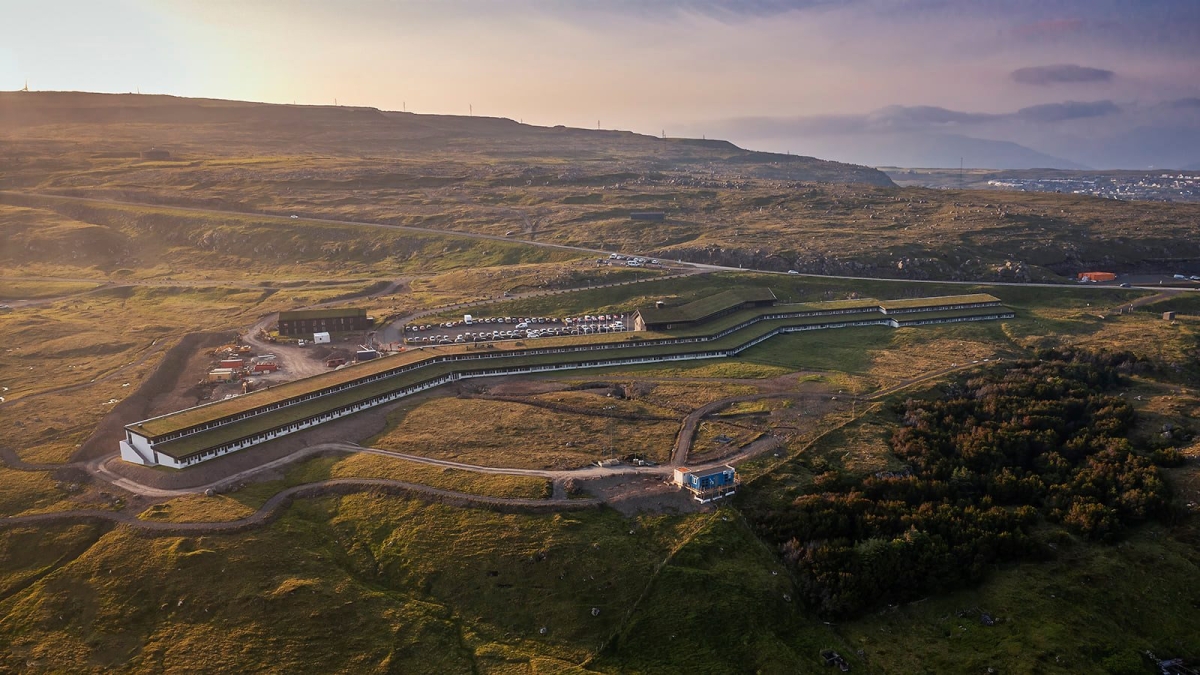Accommodation
23. Jun 2023
Fewer hotel overnight stays in May

Faroese hotels registered 26,463 overnight stays in May 2023. This is about 3,300 (11%) less than in May 2022.
Hotel overnight stays are used as a measurement of the number of visitors and the duration of their stays.
[px-graph-1]
Some 87% of all overnight stays in May were registered in the capital region. This is a 2% increase on May 2022.
[px-graph-2]
People residing outside of the Faroes and Denmark represented almost half of all overnight stays in May. This is a 6% year-on-year increase for this group. The figure for Danish residents dropped by 13% in the past year, while the figure for Faroese residents went up by 7%.
[px-graph-3]
More check-ins in May
The number of check-ins has increased by 500 (5%) despite the decrease in overnight stays.
Twice as many Faroese residents checked into hotels compared to May 2022. The check-in figure for people residing outside of the Faroes and Denmark went up by 17%, while the figure for Danish residents dropped by 28%.
Check-ins show the number of hotel visitors regardless of the duration of their stays.
[px-graph-4]
Lower occupancy rate
The occupancy rate shows the number of available hotel rooms used.
About 70% of all hotel rooms were occupied in May, compared to 78% in May 2022.
[px-graph-5]
Definitions
Overnight stay: in this context, an overnight stay is defined as a single night spent in a hotel which registers and passes this information on to Statistics Faroe Islands. For example, if ten people spend three nights at a hotel, this counts as 30 overnight stays.
Check-in: the number of individuals who check in at a hotel.
Room nights: the number of rooms occupied over a certain period. For example, if ten people spend three nights in five rooms, this counts as 15 room nights.
Hotels in Suðuroy are not included in these figures.